At Ashley Park near Ardcroney in Tipperary there is an unusual type of neolithic funerary monument called a Linkardstown Burial.
These type of ancient monuments are named after an area in Carlow where they were first discovered in 1972.
Classified as a unique archaeological field monument they are a different type of neolithic burial which have occasionally been mistaken for undifferentiated Passage Tombs.
Sometimes rectangular types of Linkardstown burial were mistakenly believed to be neolithic Passage Tombs without side chambers, i.e. undifferentiated.
The polygonal stone remains of some smaller exposed Linkardstown burials are ocassionally mistaken for Dolmens/Portal Tombs. Others remain difficult to correctly classify.
Linkardstown burials are often discovered accidentally and the burial at Ashley Park was found while the site was being Bulldozed and about to be prepared for a field clearance of scrub, trees and vegetation. It had lain undisturbed and little known in recent centuries buried in what was originally forestry.
The chief differentiator of Linkardstown burials from neolithic Passage tombs is that they generally represent a single individual burial tradition.
Very occasionally there are two sets of remains found. Sometimes secondary burials are also found on site and this is often where a burial site was reused again, perhaps as much as a thousand years later.
The Linkardstown burial is typified by a polygonal or rectangular Cist, a "boxy" type structure. Usually there are sherds of Pottery present which help to accurately date the tomb.
They were built c. 3500 B.C. which is about 5,500 years ago and they were first identified in 1972.
The Cist tomb can contain a single and sometimes two burials. Remains can be both cremations and inhumations. Skeletal remains can be both articulated or disarticulated.
The whole Cist structure is covered in a large mound or cairn of smaller stones which itself is subsequently covered in soil or clay which more often than not has grass growing on it.
A peculiar feature is the distinctive difference between a polygonal and a rectangular Cist style Linkardstown burial.
They look completely different and at first sight you wouldn't think they represented the same type of archaeological field monument however several other defining features link both types together.
The most obvious link is that of the individual neolithic burial ritual.
Where Linkardstown burials were uncovered or where large burial mounds were to be seen in the landscape it was often believed in local traditions that a "King" was buried there or had been uncovered.
Oddly enough this superstition may well ring true. A huge effort went into constructing these monuments to the dead which were all built by hand.
It's difficult to appreciate the amount of work required because we are used to mechanisation and machines.
For such efforts to be expended on behalf of an individual burial it's safe to assume they contained the remains of powerful or influential individuals.
Perhaps they were tribal leaders, important elders or Shamans. It's anyone's guess.
The Linkardstown burial at Ashley Park is rectangular in shape with huge floorstones and side walls. The Capstones were damaged and removed during bulldozing.
To the rear of the burial mound are large stones which at first glance look like some type of fallen orthostats.
These stones are in fact nothing to do with the burial mound and are classified as glacial erratics which are large stones or boulders left behind by retreating glaciers during the last Ice age.
Known Linkardstown burials are few however they are geographically widely distributed throughout Ireland. Perhaps more will be discovered and classified as time progress's further.
It's difficult to picture who built them. Were they built by the same societies who built the impressive Passage Tombs ?
Perhaps different societal groupings existed side by side simultaneously with different burial traditions and rituals. Maybe they were a newly arrived peoples or perhaps Linkardstown burials merely represent a slow evolution of burial practices culminating in Bronze age Cists.
Coordinates for Ashley Park Linkardstown burial here:
52°56'01.8"N 8°11'20.4"W
52.933836-8.189007
Keep the wheels turning.







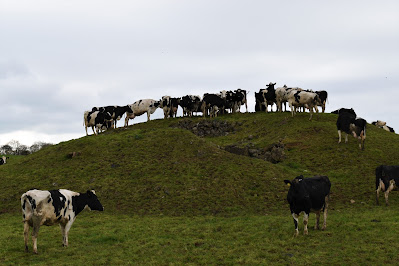






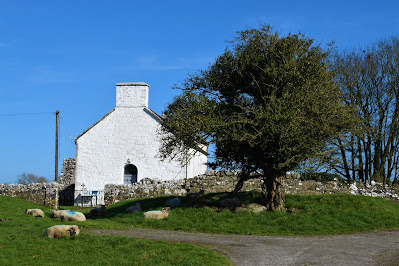












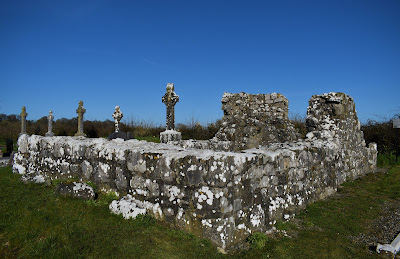

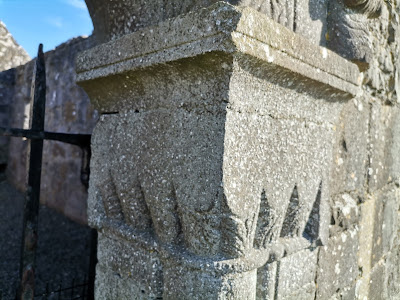

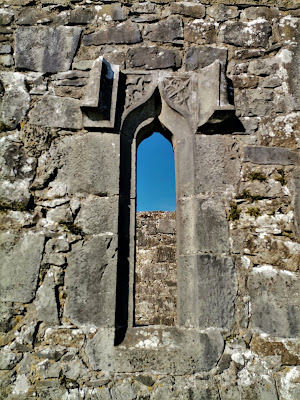
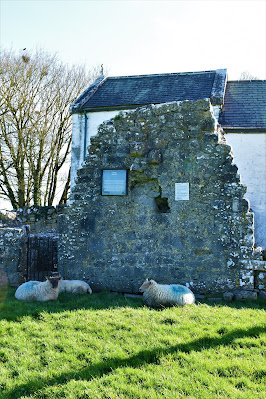





.jpg)
.jpg)
.jpg)






